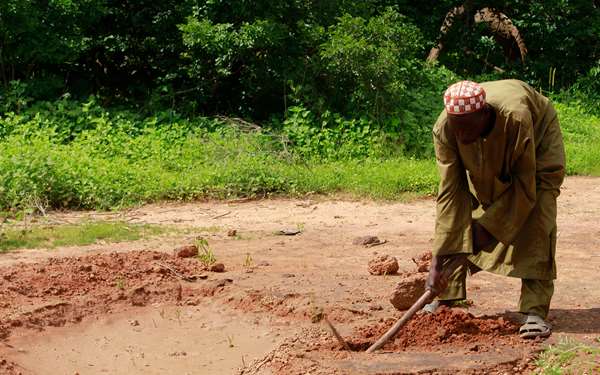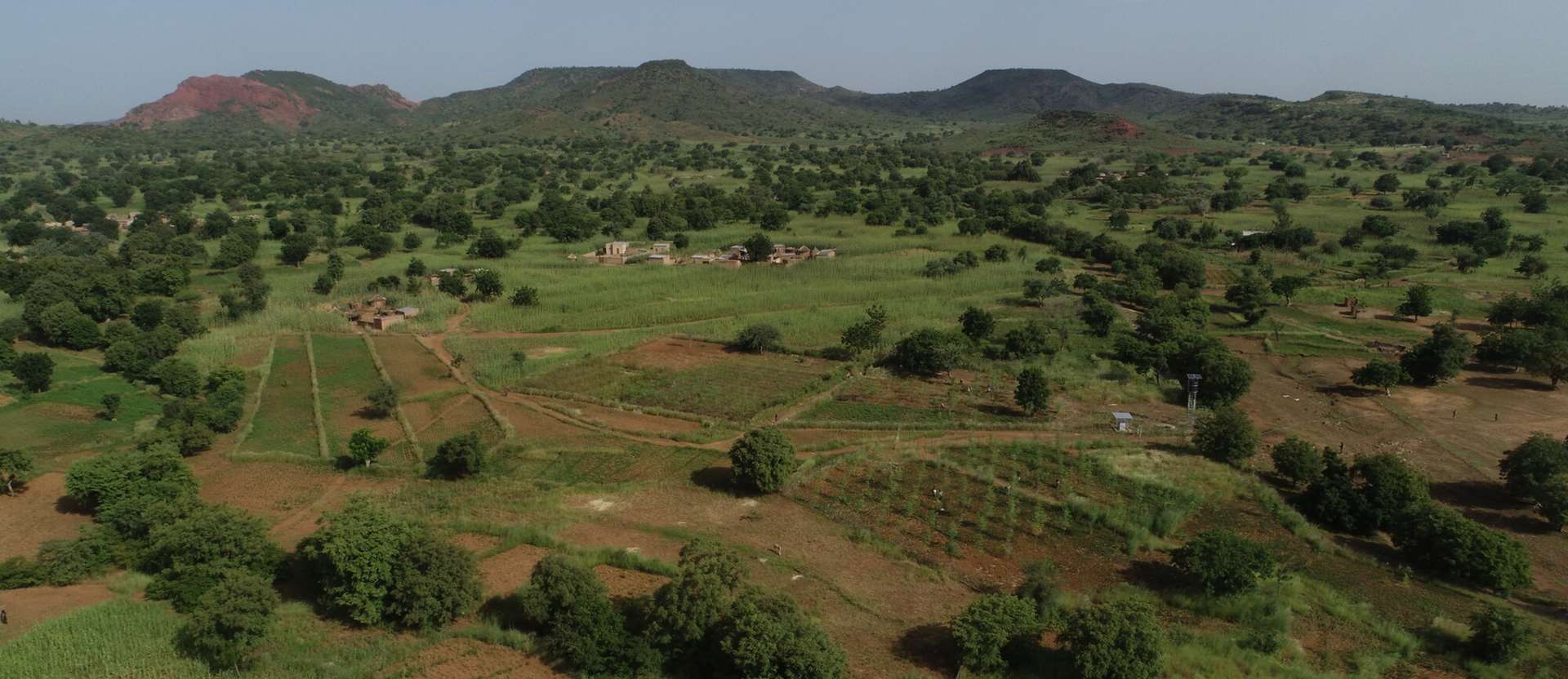
The Sustainable Development Goals
Find out how Tree Aid is working towards the United Nations Sustainable Development Goals.What are the SDGs?
In 2015, the 193 Member States of the United Nations adopted the 2030 Agenda for Sustainable Development - a framework to provide a better and more sustainable future for all.
The Agenda, centred around 17 Sustainable Development Goals (SDGs), is an urgent call to action for all countries to work in a partnership to transform our world through social progress, economic growth and environmental protection over the next 15 years.
The SDG framework is geared towards tackling the root causes of poverty and hunger, building a fairer society and leaving no one behind.
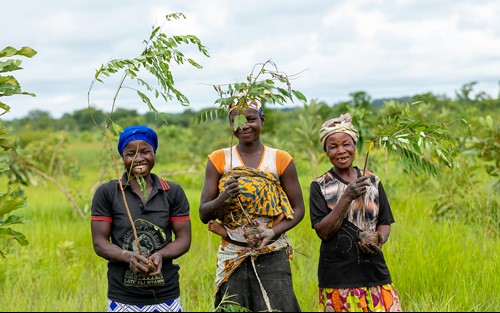
How successful have the SDGs been so far?
Despite the success Tree Aid has had over the last 5 years, the context within the drylands of Africa in particular, remains grave. Unfortunately, the Sustainable Development Goals, have largely stagnated across the region. The goals to improve sustainable use of land and forests (SDG 15), to eradicate poverty and hunger (SDGs 1 and 2), and to reduce gender inequity and broader inequalities (SDGs 5 and 10) are all reported to be facing major challenges across countries where Tree Aid works.
What are the problems with achieving the SDGs in the Sahel?
The majority of the Sahel region is now facing a triple emergency of poverty, environmental degradation and climate change. Increased flooding and drought have put these communities on the front line of the climate crisis.
Unprecedented levels of political turmoil, insecurity and insurgency have led to internal displacement, and political instability has further destabilised the region. Over a million people have been displaced across Burkina Faso, Mali, Niger and Ethiopia in recent years as violence and insurrection continues to grow. In this context, Tree Aid has been required to work further south in each country to be able to operate effectively and safely.
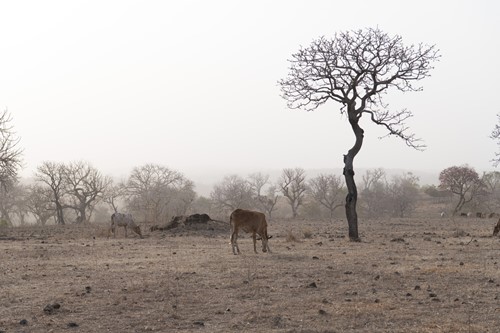
These challenges were made worse by COVID-19; beyond the disease itself, communities also suffered from the restrictions established to contain the pandemic. The cost of basic necessities increased and trade relations between villages and across borders have stalled, or broke down completely. In addition, the international economic crisis has now had a significant impact on development targets around the world.
These issues combined have resulted in a region moving backwards rather than forwards on key development and environmental targets. Hunger and poverty for the most vulnerable across the region is growing, with the West African drylands recently identified as one of the fastest growing hunger crisis globally.
Can the SDGs be achieved by 2030?
Despite the significant lack of progress in both human and environmental indicators across the region, there is cause for cautious optimism.
Over recent years there has been unprecedented efforts to tackling the climate crisis through Nature Based Solutions. Trees and ecosystem restoration are now, more than ever, recognised as a genuine part of the solution to both local and global climate issues.
Since the launch of our last strategy in 2017, there has been a huge growth in interest and recognition of the importance of empowering local people and communities to restore their environment and local ecosystems. Such tools and methods are at the heart of Tree Aid's approach - which is why we're proud to say that all of our projects are working to help achieve these vital goals by 2030.
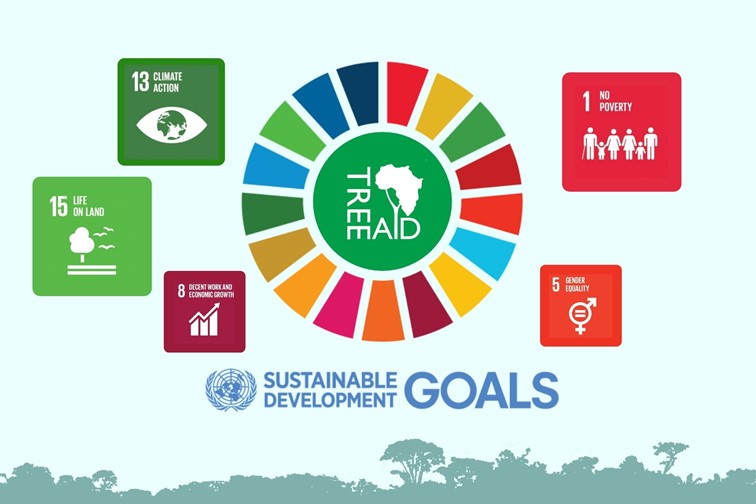
Goal 1: No poverty
Our work tackles poverty by supporting people to protect their environment and restore their land. This means that that they can grow more trees, which provide a source of both food and income.
In 2015, there were still about 737 million people living under $1.90 a day. About three-quarters of these people live in rural areas and are almost entirely dependent on agriculture for their livelihoods and food security. Our forest governance work in Burkina Faso is one of Tree Aid's many enterprise development projects. Here, we support communities to grow tree products for food, and products like shea butter can be sold to earn an income.
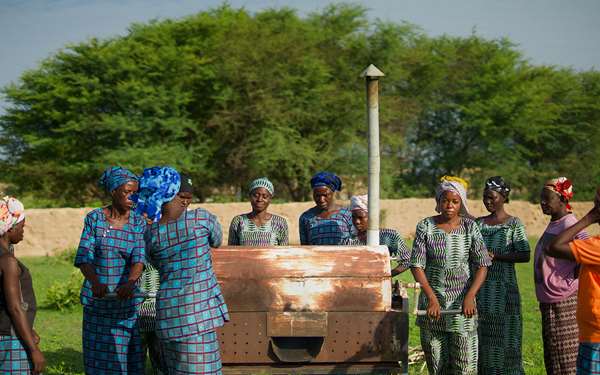

Goal 5: Gender equality
At Tree Aid, we work to support women in the drylands of Africa who often have limited access to healthcare, education and jobs.
Through our She Grows project in Mali, we are working with 1,000 women to train them to negotiate access to land and develop their own enterprises. Joining together with women in their village, they are learning to process and sell tree products like shea butter, helping them gain financial independence.

Goal 8: Decent work and economic growth
Through our enterprise development work, we are supporting people across Africa to increase their incomes.
In Ghana, we are working with farmers in rural communities to develop cashew, legume and honey enterprises. With financial training and links to buyers, they can get a good price for their products and increase their household income.
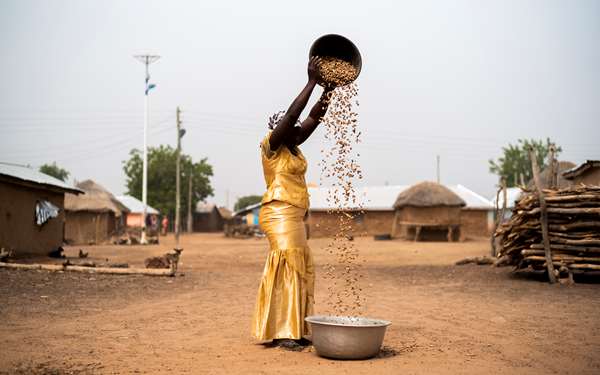
Goal 13: Climate action
The trees we grow absorb carbon dioxide, a cause of the climate crisis. Trees also help build resilience to its effects. Their roots stabilise the soil and protect it from floods. Their canopies can help to protect communities and livestock from deadly heatwaves. And their fruits, nuts and leaves provide a reliable source of food and income when crops might fail.
In Ghana, we are working with communities along the Daka River to grow trees and restore the land. Through training and local radio broadcasts we are spreading awareness on the role of trees in building resilience to a changing climate.
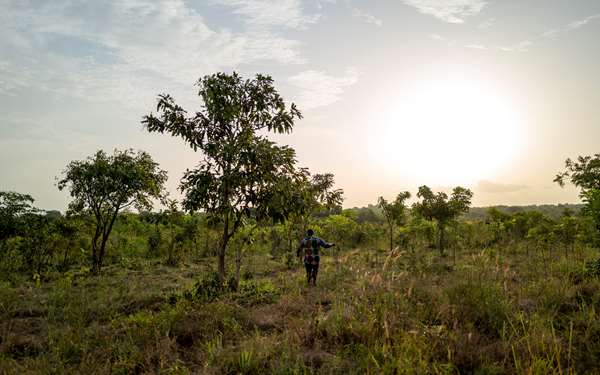
Goal 15: Life on Land
Tree Aid is working to protect life on land by protecting and restoring land and forests. We are working to prevent land degradation and the loss of biodiversity and threatened animals and plants.
In Niger’s Park W, we worked with communities to grow trees and sustainably manage the land. This project not only helped support the people that rely on the land for food and income, it also encouraged local biodiversity to thrive.
